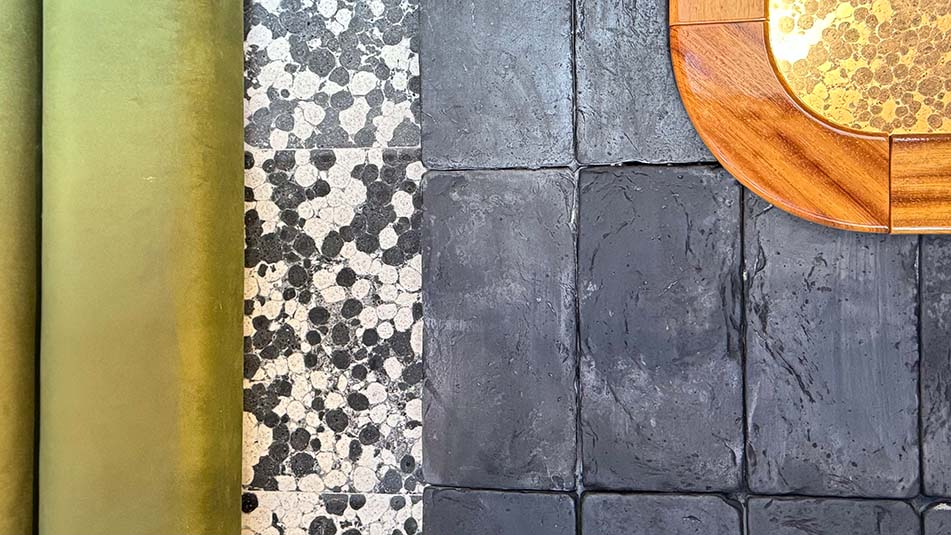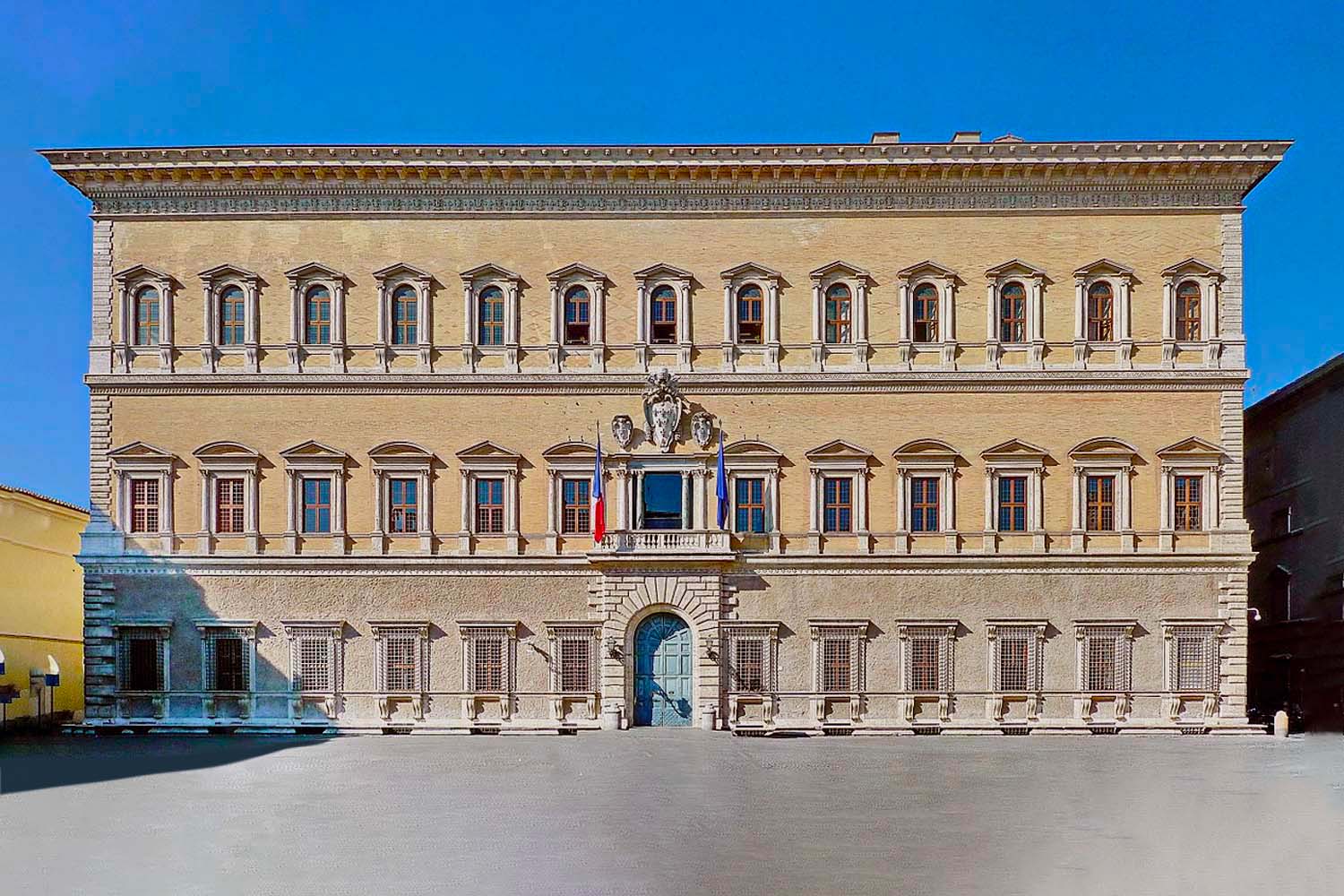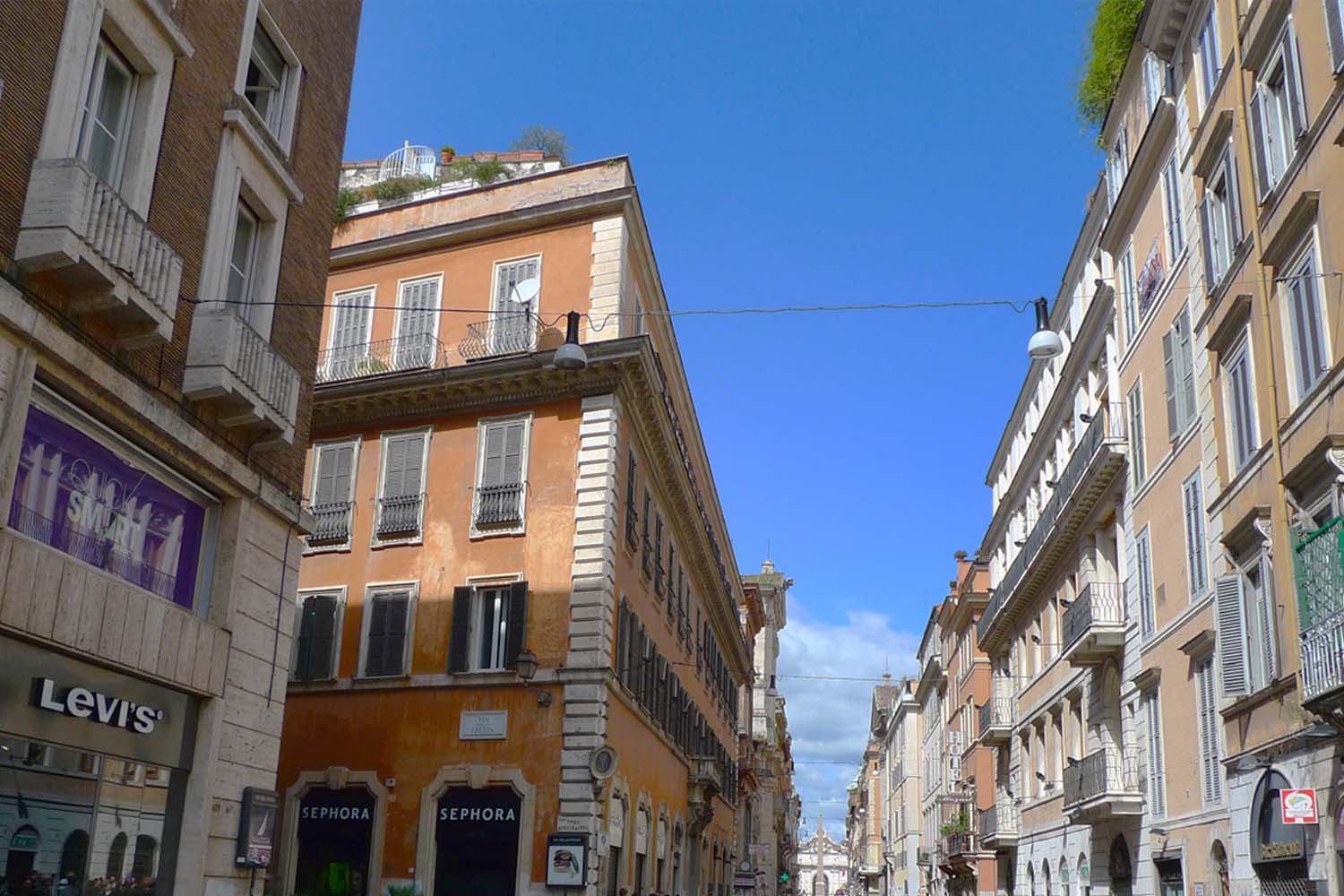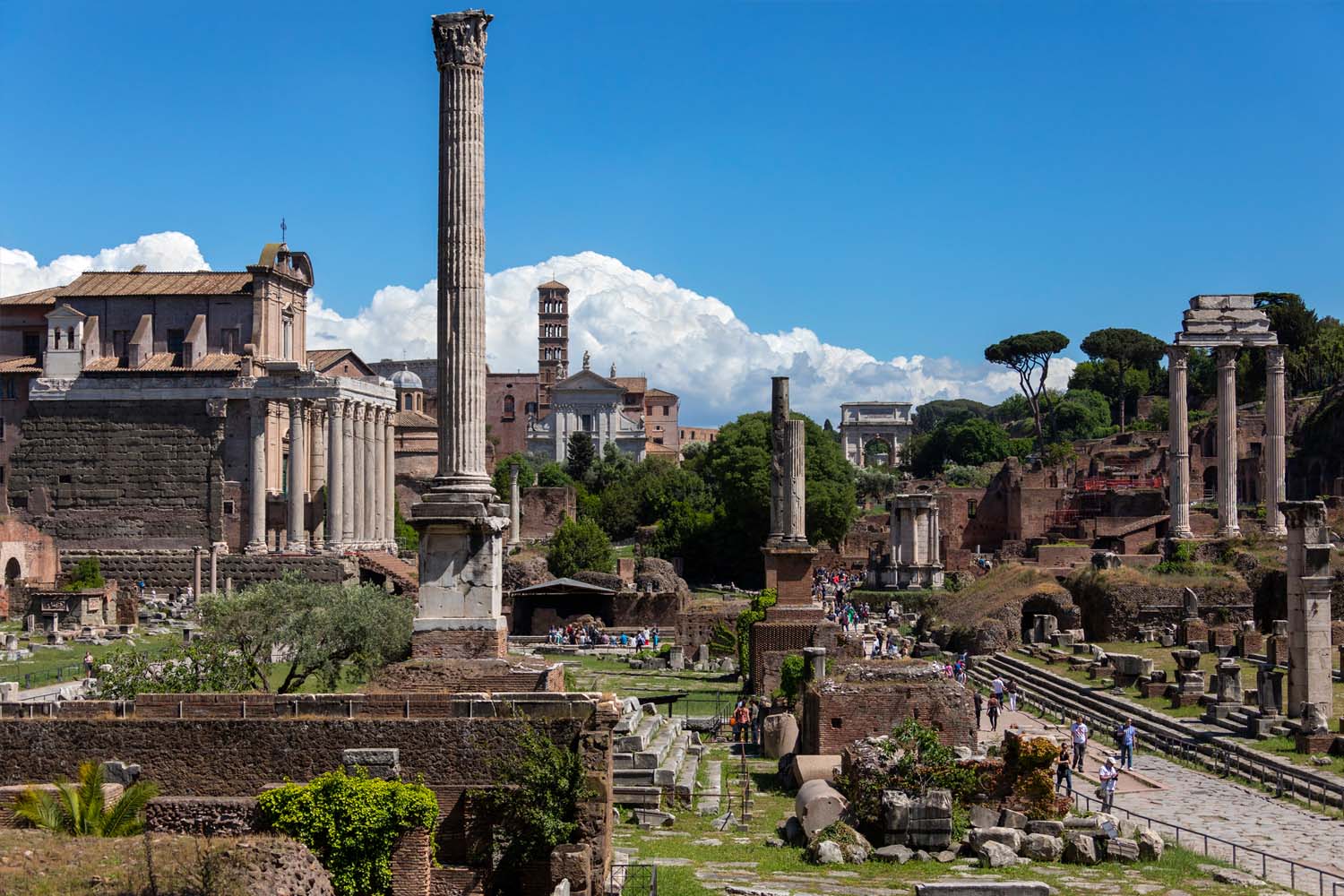Come
visit us
Address
Via della Tribuna di Tor dè Specchi, 20
Business Hours
Lunedì – Domenica
10.00 – 22.00
Get in Touch
Come
visit us
Address
Via della Tribuna di Tor dè Specchi, 20
Business Hours
Lunedì – Domenica
10.00 – 22.00
Get in Touch
Vieni a trovarci
Address
Via della Tribuna di Tor dè Specchi, 20
Business Hours
Lunedì – Domenica
10.00 – 22.00
Get in Touch
THE ATTENTION TO DETAIL IT’S WHAT DISTINGUISHES US


THE ATTENTION TO DETAIL IT’S WHAT DISTINGUISHES US


THE ATTENTION TO DETAIL IT’S WHAT DISTINGUISHES US

DISCOVER THE BEAUTY OF ROME
Click on the map to discover the point of interest close to Diddi Bistrot.

Palazzo farnese - 15 min on foot
Via del corso - 4 min on foot
Aracoeli - 3 min on foot
Teatro Marcello - 5 min on foot
Mouth of truth - 11 min on foot
Via dei fori imperiali - 10 min on foot
colosseo - 17 min on foot
Symbol of mystery and legend, it is said that the Mouth bites the hand of those who tell lies, are you ready to see if it's true? In addition to its fascinating history, the location of the Mouth of Truth offers a breathtaking view of the Tiber and of the remains of ancient Rome.









